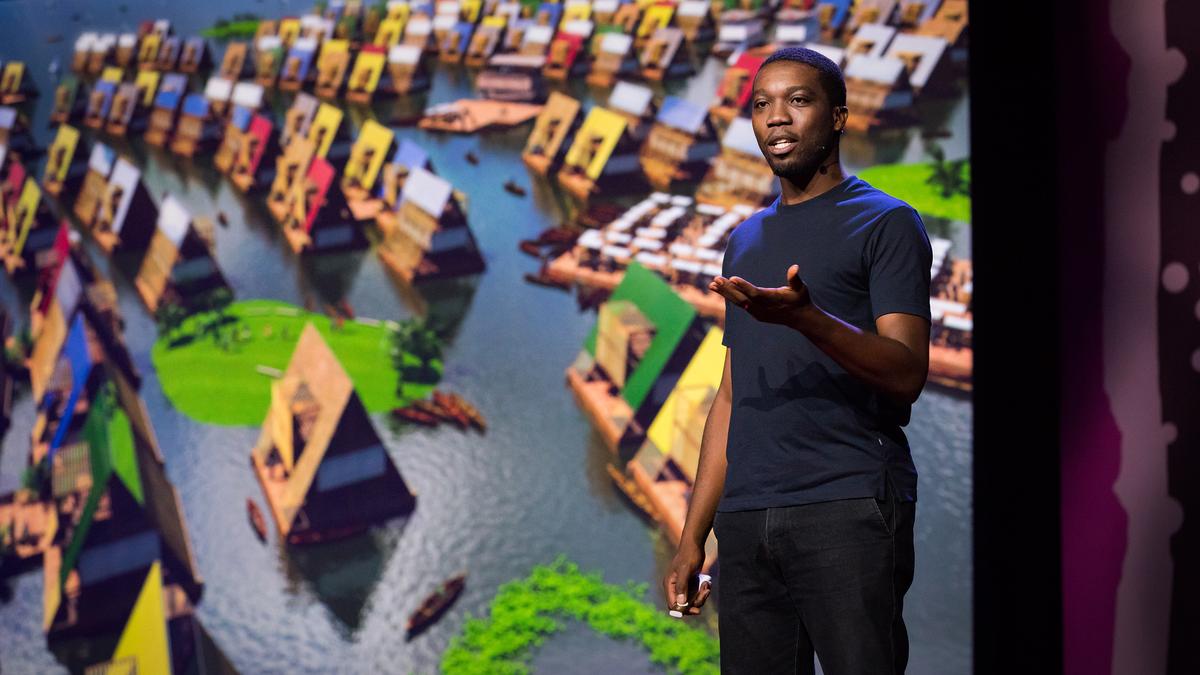Parham Karimi, MSc in Architecture, University of Tornto
WILL ALSOP USED TO SAY THAT “Architects are the only profession that actually deals with joy and delight — all the others deal in doom and gloom.”
Several years ago, when I received my admission at OCAD University I came to Toronto from Saint John, Brunswick to begin my study in the field of Environmental Design and Sustainability. I remember that as soon as I arrived Toronto, I went to McCaul Street to see the Sharp Center for Design building (figure 1). By standing under the building, I realized that there is a playful feeling conveyed by the building to the context. Several years after that exciting moment, in 2015, I had a meeting with Will Alsop. For nearly 15 minutes, he talked to me about his passion for architecture. In that meeting, I understood that the playful and fanciful feeling in his design is sourced in his personality. He firmly believed that “life is a playful game which begins from the early childhood to the end.”

Alsop was born in Northampton in central England in 1947. He studied at the Architectural Association in London and cited 20th-century modernists Le Corbusier and Mies van der Rohe and 18th-century British neo-Classicist John Soane among his influences. But Alsop’s work had a playful style which had created the position and the role of “design ludique” for himself.
Alsop’s buildings include the green, copper-clad Peckham Library (figure 2) in London, which won the Stirling Prize for architecture; London’s futuristic North Greenwich Underground station; and the Sharp Centre at the Ontario College of Art and Design in Toronto, a black-and-white box poised rakishly on multicolored stilts.


Will has inspired generations and impacted many young architects. It is good to know that due to the nature of Will’s buildings, he will continue to inspire young architects. He had an exceptional ability to recognize the problem in the context. His design philosophy, mostly to ‘make life better’ is evident in the architecture of his buildings and their surrounding communities. Alsop’s architectural legacy leaves many cities an important, better place to live, enjoy and play!!


